
English Renaissance theatre, also known as Renaissance English theatre and Elizabethan theatre, refers to the theatre of England between 1558 and 1642.

Tragedy is a genre of drama based on human suffering and, mainly, the terrible or sorrowful events that befall a main character. Traditionally, the intention of tragedy is to invoke an accompanying catharsis, or a "pain [that] awakens pleasure,” for the audience. While many cultures have developed forms that provoke this paradoxical response, the term tragedy often refers to a specific tradition of drama that has played a unique and important role historically in the self-definition of Western civilization. That tradition has been multiple and discontinuous, yet the term has often been used to invoke a powerful effect of cultural identity and historical continuity—"the Greeks and the Elizabethans, in one cultural form; Hellenes and Christians, in a common activity," as Raymond Williams puts it.
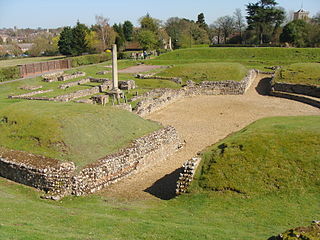
Drama was introduced to Britain from Europe by the Romans, and auditoriums were constructed across the country for this purpose.

The term she-tragedy, also known as pathetic tragedy refers to a vogue in the late 17th and early 18th centuries for tragic plays focused on the sufferings of a woman, sometimes innocent and virtuous but often a woman who had committed some sort of sexual sin. Prominent she-tragedies include Thomas Otway's The Orphan (1680), John Banks' Virtue Betrayed, or, Anna Bullen (1682), Thomas Southerne's The Fatal Marriage (1694), Mary Pix's Ibrahim, the Thirteenth Emperor of the Turks and Nicholas Rowe's The Fair Penitent (1703) and Lady Jane Grey (1715). Rowe was the first to use the term "she-tragedy," in 1714.

Verse drama is any drama written significantly in verse to be performed by an actor before an audience. Although verse drama does not need to be primarily in verse to be considered verse drama, significant portions of the play should be in verse to qualify.

Restoration literature is the English literature written during the historical period commonly referred to as the English Restoration (1660–1689), which corresponds to the last years of Stuart reign in England, Scotland, Wales, and Ireland. In general, the term is used to denote roughly homogenous styles of literature that centre on a celebration of or reaction to the restored court of Charles II. It is a literature that includes extremes, for it encompasses both Paradise Lost and the Earl of Rochester's Sodom, the high-spirited sexual comedy of The Country Wife and the moral wisdom of The Pilgrim's Progress. It saw Locke's Treatises of Government, the founding of the Royal Society, the experiments and holy meditations of Robert Boyle, the hysterical attacks on theatres from Jeremy Collier, and the pioneering of literary criticism from John Dryden and John Dennis. The period witnessed news becoming a commodity, the essay developing into a periodical art form, and the beginnings of textual criticism.

An epilogue or epilog is a piece of writing at the end of a work of literature, usually used to bring closure to the work. It is presented from the perspective of within the story. When the author steps in and speaks directly to the reader, that is more properly considered an afterword. The opposite is a prologue—a piece of writing at the beginning of a work of literature or drama, usually used to open the story and capture interest. Some genres, for example television programs and video games, call the epilogue an "outro" patterned on the use of "intro" for "introduction".

Shakespeare's plays are a canon of approximately 39 dramatic works written by English poet, playwright, and actor William Shakespeare. The exact number of plays as well as their classifications as tragedy, history, comedy, or otherwise is a matter of scholarly debate. Shakespeare's plays are widely regarded as being among the greatest in the English language and are continually performed around the world. The plays have been translated into every major living language.
An overview of the theatre of France.

The architectural form of theatre in Rome has been linked to later, more well-known examples from the 1st century BC to the 3rd Century AD. The theatre of ancient Rome referred to as a period of time in which theatrical practice and performance took place in Rome has been linked back even further to the 4th century BC, following the state’s transition from monarchy to republic. Theatre during this era is generally separated into genres of tragedy and comedy, which are represented by a particular style of architecture and stage play, and conveyed to an audience purely as a form of entertainment and control. When it came to the audience, Romans favored entertainment and performance over tragedy and drama, displaying a more modern form of theatre that is still used in contemporary times.
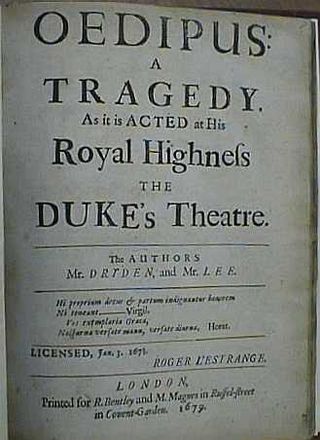
The heroic drama Oedipus: A Tragedy, is an adaption of Sophocles' Oedipus Rex, written by John Dryden and Nathaniel Lee. After being licensed in 1678 and published in 1679, it became a huge success on stage during the Restoration period.

The University Wits is a phrase used to name a group of late 16th-century English playwrights and pamphleteers who were educated at the universities and who became popular secular writers. Prominent members of this group were Christopher Marlowe, Robert Greene, and Thomas Nashe from Cambridge, and John Lyly, Thomas Lodge, and George Peele from Oxford. Thomas Kyd is also sometimes included in the group, though he was not from any of the aforementioned universities.

Theatre of United Kingdom plays an important part in British culture, and the countries that constitute the UK have had a vibrant tradition of theatre since the Renaissance with roots going back to the Roman occupation.
Cicilia and Clorinda, or Love in Arms is a 17th-century closet drama, a two-part, ten-Act tragicomedy by Thomas Killigrew. The work was composed in Italy c. 1650–51, and first published in 1664.

Drama is the specific mode of fiction represented in performance: a play, opera, mime, ballet, etc., performed in a theatre, or on radio or television. Considered as a genre of poetry in general, the dramatic mode has been contrasted with the epic and the lyrical modes ever since Aristotle's Poetics —the earliest work of dramatic theory.
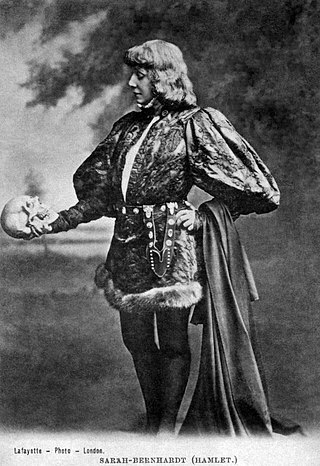
Theatre or theater is a collaborative form of performing art that uses live performers, usually actors or actresses, to present the experience of a real or imagined event before a live audience in a specific place, often a stage. The performers may communicate this experience to the audience through combinations of gesture, speech, song, music, and dance. It is the oldest form of drama, though live theatre has now been joined by modern recorded forms. Elements of art, such as painted scenery and stagecraft such as lighting are used to enhance the physicality, presence and immediacy of the experience. Places, normally buildings, where performances regularly take place are also called "theatres", as derived from the Ancient Greek θέατρον, itself from θεάομαι.
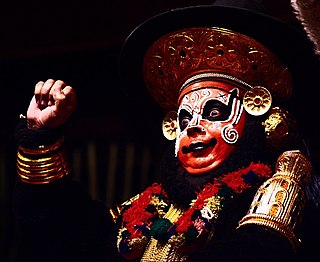
The history of theatre charts the development of theatre over the past 2,500 years. While performative elements are present in every society, it is customary to acknowledge a distinction between theatre as an art form and entertainment, and theatrical or performative elements in other activities. The history of theatre is primarily concerned with the origin and subsequent development of the theatre as an autonomous activity. Since classical Athens in the 5th century BC, vibrant traditions of theatre have flourished in cultures across the world.
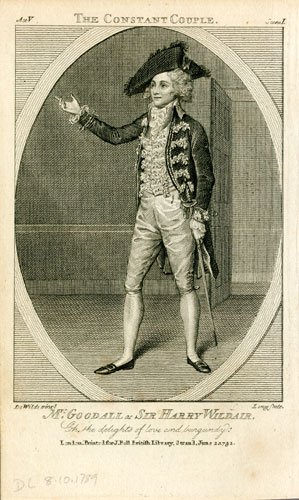
Sentimental comedy is an 18th-century dramatic genre which sprang up as a reaction to the immoral tone of English Restoration plays. In sentimental comedies, middle-class protagonists triumphantly overcome a series of moral trials. These plays aimed to produce tears rather than laughter and reflected contemporary philosophical conceptions of humans as inherently good but capable of being led astray by bad example. By appealing to his noble sentiments, a man could be reformed and set back on the path of virtue. Although the plays contained characters whose natures seemed overly virtuous and whose problems were too easily resolved, they were accepted by audiences as truthful representations of the human predicament.

This is a chronological list of women playwrights who were active in England and Wales, and the Kingdom of Great Britain and Ireland before approximately 1800, with a brief indication of productivity. Nota Bene: Authors of dramatic works are the focus of this list, though many of these writers worked in more than one genre.)
















